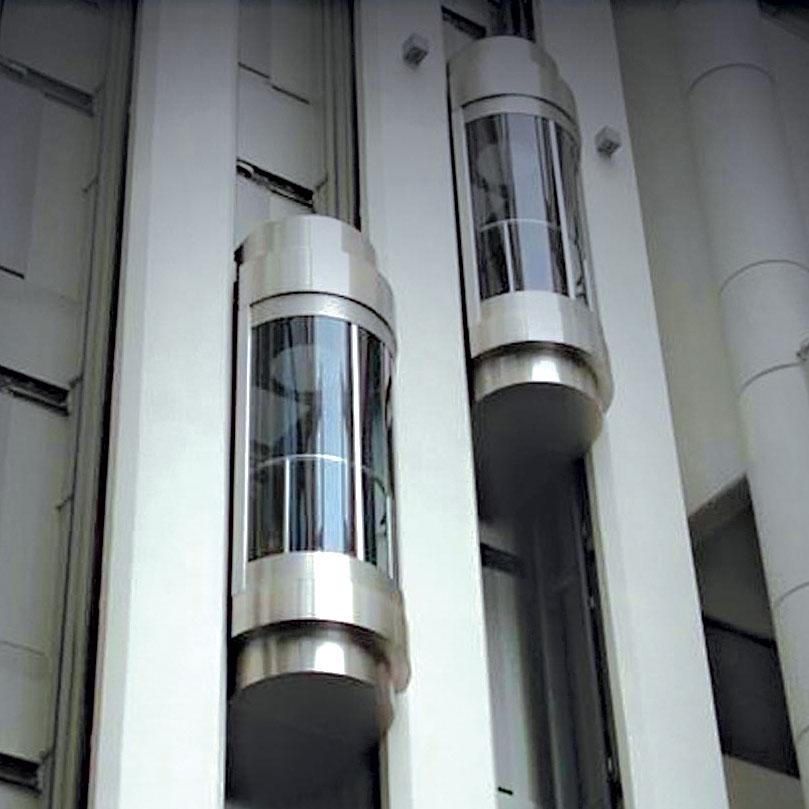Cost Effective Lift Repair Near Me: Professional Service Technicians at Your Service
Exploring the Globe of Elevators: Common Problems Faced by Various Lift Devices
As we navigate via the vertical transport systems of modern-day structures, elevators attract attention as an essential part of our day-to-days live. However, behind their smooth operation exists a globe of elaborate systems that can in some cases encounter difficulties. From hydraulic lifts to traction systems and machine-room-less layouts, each lift type features its set of typical concerns. Comprehending these obstacles is important for ensuring the smooth functioning of these essential systems. Let's check out the intricacies that underlie the operation of lifts and the possible problems that can emerge, clarifying the detailed web of lift devices.
Hydraulic Lifts
Hydraulic lifts, frequently favored for low-rise structures, make use of fluid pressure to control the activity of the lift vehicle (lift repair companies). This device involves a hydraulic pump pushing oil right into a cylinder, creating the lift to relocate the desired instructions. While hydraulic lifts are recognized for their silent and smooth operation, they do feature their very own collection of common concerns
One common issue with hydraulic lifts is oil leakage. Furthermore, problems with the control system, such as defective valves or a malfunctioning pump, can cause disturbances in the elevator's movement.
Normal upkeep and timely fixings are important to guarantee the smooth performance of hydraulic elevators. By resolving these usual problems proactively, building proprietors can lessen downtime and guarantee the safety and performance of their upright transportation system.
Grip Elevators
When considering upright transportation systems in buildings, an additional typical kind besides hydraulic elevators is the grip elevator. Grip elevators operate making use of a system of ropes and counterweights that move the lift automobile by clutching onto the hoist ropes. This system enables smoother and faster upright transportation contrasted to hydraulic systems.
One of the usual problems encountered by traction lifts is rope wear. The continuous activity of the ropes within the traction system can bring about tear and use with time, potentially creating the elevator to breakdown or become harmful for use. Routine inspections and upkeep of the ropes are vital to make sure the elevator's appropriate performance and safety.
Another problem that grip elevators may run into is connected to the control system. Troubles with the control system can bring about issues such as unpredictable activity, delays in reaction times, and even full shutdowns. Routine testing and maintenance of the control system are crucial to protect against such issues and make certain the lift's integrity.
Machine-Room-Less (MRL) Lifts

One of the key parts of MRL elevators is the compact gearless grip device that is mounted within the hoistway. This maker effectively drives the lift auto without the requirement for bulky devices found have a peek at these guys in typical traction lifts. Additionally, MRL lifts normally use a weight system to balance the auto, additional enhancing their power efficiency.
In spite of their benefits, MRL lifts might face difficulties connected to maintenance and repair service as a result of the confined area for tools setup. Access for servicing components within the shaft can be limited, requiring specialized training for professionals. Correct upkeep schedules and regular evaluations are important to look here make certain the continued smooth operation of MRL elevators.
Overloading and Weight Limit Issues
Are elevators furnished to take care of excess weight lots successfully and securely? Straining and weight restriction concerns are crucial concerns in lift procedures. Lift suppliers layout raises with details weight capabilities to make certain guest security and equipment durability. Surpassing these weight limitations can result in various problems, including mechanical failures, delays, and security risks.
When elevators are overloaded, it places too much strain on the electric motor, cable televisions, and other parts, potentially causing breakdowns or malfunctions. Safety and security systems such as sensors and overload sensing units are in place to stop elevators from moving if they find excess weight. Furthermore, exceeding weight restrictions can result in raised energy intake and damage on the elevator system.
To minimize overwhelming concerns, developing supervisors ought find more info to plainly display weight limitations in lifts and educate owners on the significance of sticking to these restrictions - lift repair companies. Routine upkeep checks by certified specialists can additionally help make sure that lifts are operating within risk-free weight criteria. By dealing with overloading and weight restriction problems proactively, building proprietors can boost elevator security and performance
Electric System Failures
Going beyond weight restrictions in elevators can not only lead to mechanical issues but also possibly add to electric system failings within the lift facilities. Electric system failings are an essential problem in elevator operation, as they can cause unforeseen closures, malfunctions, or even safety hazards.
Normal maintenance and examinations are vital to determine and address possible electrical issues promptly, making sure the reliable and safe procedure of elevator systems. By sticking to weight limitations and performing regular electrical system checks, structure owners can reduce the risk of electric failures in lifts.
Verdict

Hydraulic lifts, commonly chosen for low-rise structures, use fluid pressure to manage the movement of the lift vehicle.When taking into consideration vertical transportation systems in structures, an additional common kind aside from hydraulic elevators is the grip lift. Traction lifts run making use of a system of ropes and counterweights that relocate the lift automobile by gripping onto the hoist ropes. Unlike typical lifts that need a separate equipment space to house the tools, MRL elevators incorporate many of the parts within the shaft, eliminating the demand for a devoted equipment space.In verdict, elevators deal with usual issues such as hydraulic breakdowns, grip system failures, and electric system issues.